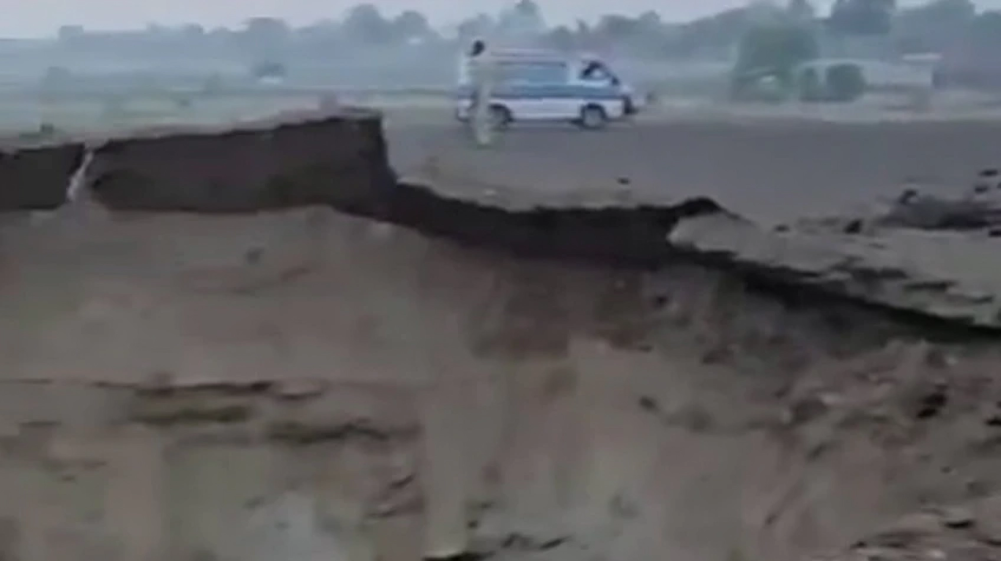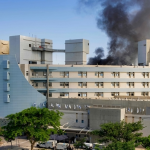Pakistan has once again extended the closure of its strategically significant Rahim Yar Khan airbase, which was severely damaged by Indian missile strikes during Operation Sindoor in May. The airbase, which also shares infrastructure with a civilian airport in Punjab province, will now remain closed until at least July 4.
A new Notice to Airmen (NOTAM) issued by Pakistan’s Civil Aviation Authority confirms the extended shutdown of the facility. OSINT analyst Damien Saymon posted the update on X, noting that the airbase, struck in the second phase of India’s military campaign, continues to remain offline weeks after the attack.
The missile strike on May 7 was part of India’s Phase 2 retaliation under Operation Sindoor, launched in response to Pakistani attacks on Indian civilian and military targets. In Phase 1, India had targeted terror launchpads and training camps across the border.
Prime Minister Narendra Modi had publicly referenced the strike days later at a rally in Bikaner, stating, “Pakistan’s Rahim Yar Khan airbase is still in ICU, not sure when it will reopen,” taking a direct jab at Islamabad’s military infrastructure vulnerabilities.
Rahim Yar Khan is considered one of Pakistan’s more important operational airbases, housing both military and dual-use aircraft. Its continued closure is being seen as a major dent in Pakistan’s aerial defense readiness and has raised concerns about the extent of damage sustained.
The initial NOTAM issued on May 10 cited the closure of the sole runway from 4:00 pm Pakistan time on May 10 until 4:59 am on May 18. This timeline has now been revised multiple times, reflecting the severity of the damage and the challenges in restoring operational capability.
Indian defence analysts suggest that the strike disrupted not just runway operations but also radar, command infrastructure, and parked aerial assets, effectively degrading Pakistan’s air combat and surveillance reach in the region.
The airbase’s prolonged closure also comes at a time of heightened military alert along the Indo-Pak border, with both countries monitoring each other’s deployments and strategic postures amid fears of further escalation.













